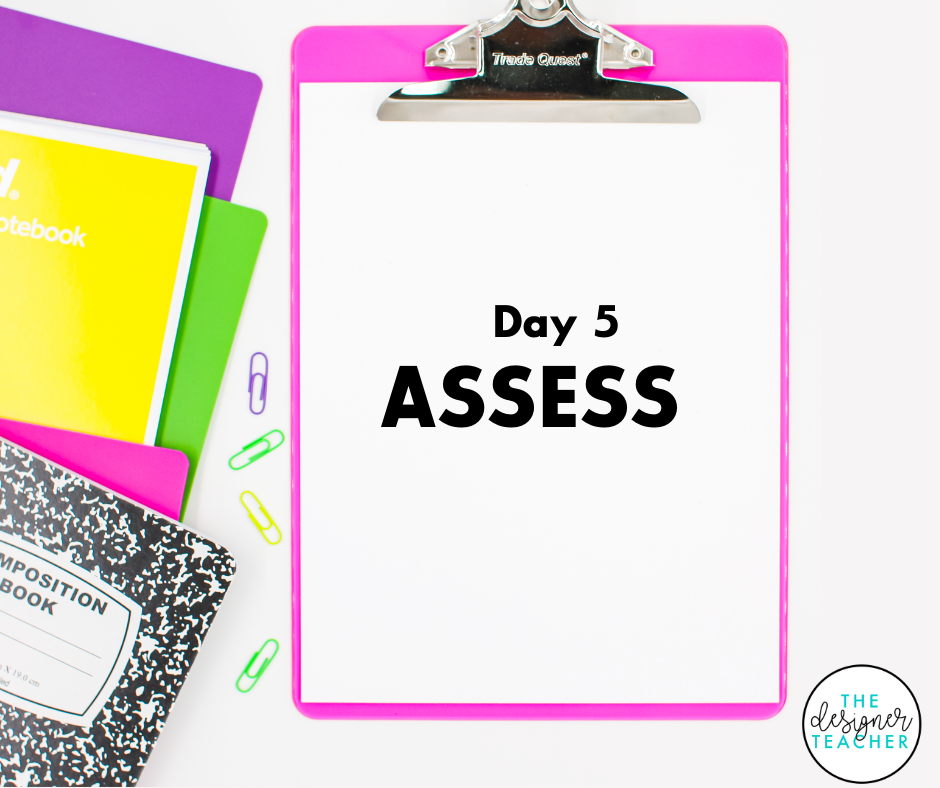How to Teach Contractions
Are your students ready to learn how to read and spell words with contractions? Contractions are a shorter way to say and write two words that are often said together, with an apostrophe replacing the missing letter or letters. Most contractions are formed in a predictable way, and learning these rules will help students read and spell them more easily.
As a special education teacher, I find that introducing a few types of contractions a week works well. I usually teach contractions with “not” first, then contractions with “is,” “am,” and “are,” then contractions with “have,” “has,” and “had,” and finally contractions with “would” and “will”. If you’re teaching general education, you may find that you’re able to progress more quickly. I follow the same general lesson plan for phonics/grammar each week, which is easier for both you and your students. In this post, I’ll use contractions with “not” as an example and explain how I would teach these contractions over the course of one week. You can follow the same structure when teaching other contractions.
Day 1
Explain that contractions are a shorter way to say and write two words that are often said together, like saying “can’t” instead of “cannot.” Use a poster or show on the board how “do not” becomes “don’t” by removing the space and replacing the “o” with an apostrophe. Explain that this week you’ll be working on reading and spelling contractions with “not.” Show or write the word “aren’t.” Model noticing the apostrophe and observing that the word is a contraction that stands for “are not.” Repeat with “don’t.” Lead students in guided practice of reading the rest of the contractions formed with not (can’t, couldn’t, didn’t, doesn’t, hadn’t, hasn’t, haven’t, isn’t, shouldn’t, wasn’t, weren’t, won’t, wouldn’t) and noting what words form each contraction. Be sure to note that “won’t” standing for “will not” does not follow the typical rule and must be memorized. Then, practice reading fluency sentences together that contain words with these contractions. You can find the needed word cards and fluency sentences in my Phonics by Design Contractions Unit.
Day 2
Briefly review what you taught yesterday, and then tell students they’ll be practicing writing contractions today. Show “was not” card or write it on the board. Model removing the space and replacing the letter o with an apostrophe, and write the word “wasn’t” on the board or chart paper. Continue with other contractions, having students tell you how to form each contraction. Finally, have students practice on their own by telling them the two words (such as “do not”) and having them write down the contraction (“don’t). You can also dictate a few short sentences that include contractions.
Day 3
Today students will independently practice reading and writing contractions with not. I use the activity sheets included in my Phonics by Design Contractions Unit and in my No Prep Pack.
Day 4
Review how to form contractions with not before introducing a simple contractions matching game they can play in pairs. Spread out the cards in a grid face down. When it’s their turn, the student will turn over two cards and read the contractions and/or word pairs. If it’s a match (such as “are not” and “aren’t), they keep the pair. If not, they put the cards back, face down. Students alternate turns until all pairs have been matched. The student with the most pairs wins.
Get this matching game for FREE by signing up for The Designer Teacher mailing list below!
Day 5
Assess students by dictating ten word pairs and having them record the contractions. If you have time and a small enough group, you may also wish to have individual students read a few contractions for you as well.
This lesson plan schedule for teaching contractions is simple but effective!
Save yourself time by snagging everything you need to teach contractions in one place with my Phonics by Design Contractions Unit Bundle. You’ll get all the materials mentioned in this post for each type of contraction (word cards, fluency sentences, activity sheets, matching game), plus posters, flap books, and more! Find it here.
No time to read now?







